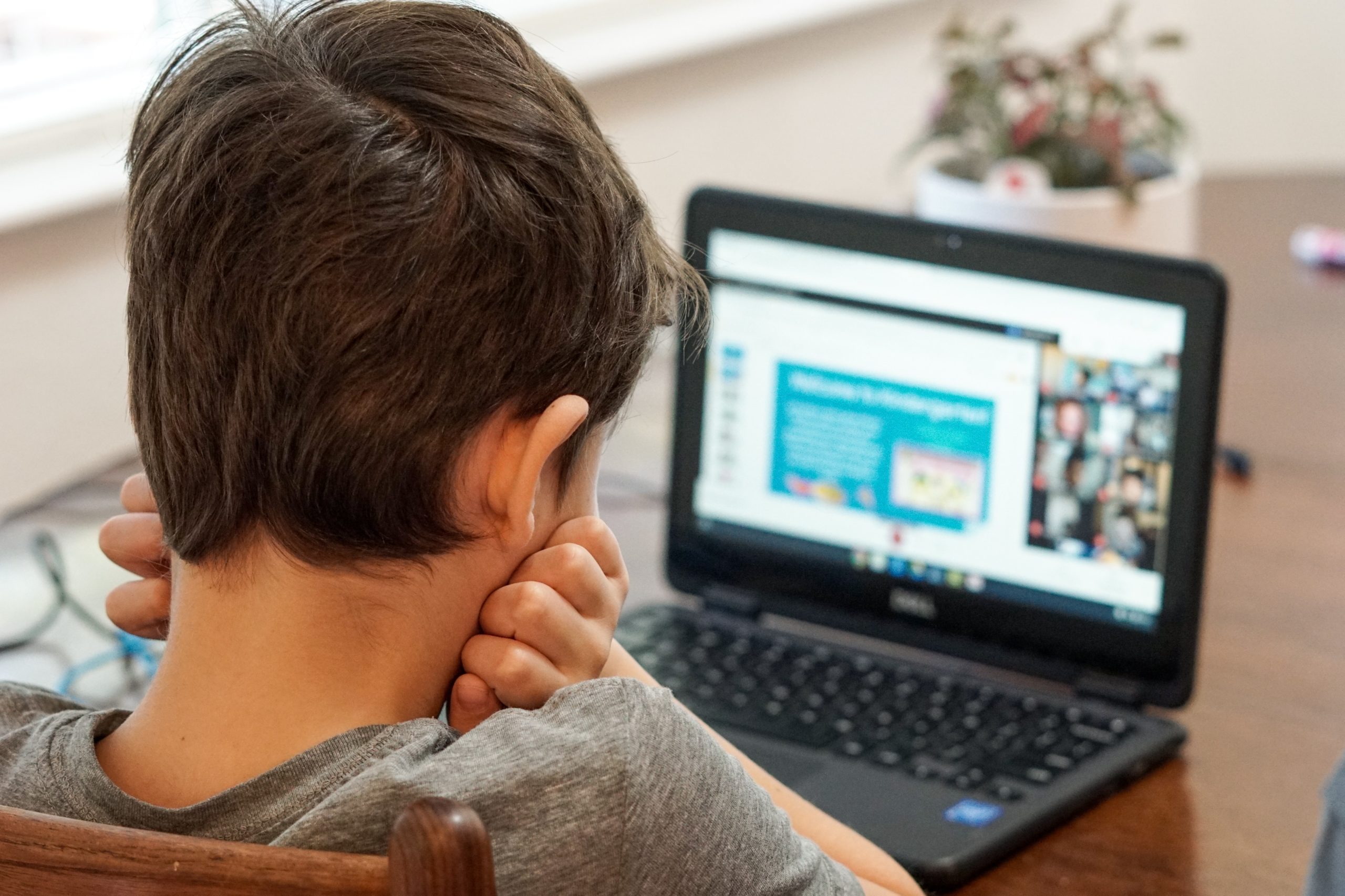
The place of digital technology in our lives is far greater than it was when the Convention on the Rights of the Child was adopted. While digital technology opens up unique opportunities for children, it can also expose them to new threats, such as cyberbullying or exposure to illegal or hateful content online.
CONTEXT
In November 2021, the Paris Peace Forum hosted the launch of an international Call to stand up for children's rights in the digital environment. French President Emmanuel Macron and UNICEF, along with seven other states, a dozen non-governmental organizations, and most of the major digital platforms (including Amazon, Google, YouTube, Meta, Microsoft, Dailymotion, Qwant, Snap, Twitter, and TikTok) signed this Call and committed to enabling children to use digital tools safely and benefit from their full potential without being exposed to abuse through a series of actions.
At the Forum's 5th edition in November 2022, this led to the the launch of the Children Online Protection Lab, a groundbreaking new multi-stakeholder partnership that will identify, assess and develop concrete protocols and solutions enabling children to use digital tools safely and benefit from their full potential without being exposed to abuse. This initiative is the result of a large consultation with the digital platforms and the civil society, both which will play a key role in its implementation.
THE CHARTER
A free, open and secure internet is a powerful tool to promote connectivity, enhance social inclusiveness and foster economic growth. Yet, due to misuses of digital tools and the lack of proper safeguards, children continue to experience violence, exploitation and abuse online every day and in every country. Therefore, children's protection online remains a challenge.
Tragedies befalling young people and families across the globe have highlighted the need to address the risks of violence against children such as inter alia sexual exploitation and abuse, including those leading to self-harming behaviors, technology-facilitated solicitation and grooming, cyberbullying, cyber harassment, cyber procuring, human trafficking, exposure to harmful and violent content, manipulation of information as well as the risks associated with the use of technology itself such as overuse and self-depreciation.
Appreciating the benefits of the digital revolution for children and the improvements it brings in the right to education, access to information and knowledge, and the exercise of freedom of expression.
Recognizing that protecting children effectively against online risks is complex and though there are many initiatives in this field, there is no single quick fix.
Acknowledging that those solutions must respect fundamental rights online and the rights of the child and their promotion as enshrined in the Convention on the Rights of the Child and its three Optional Protocols.
Asserting that along with other human rights principles, the protection of privacy must be a core consideration of any solution aiming at improving the quality of the digital environment.
Considering the efficiency of multi- stakeholder and balanced methods to address complex digital issues such as illustrated by the success of the Christchurch Call to Action to Eliminate Terrorist and Violent Extremist Content Online.
Affirming the importance of evidence-based approaches and a rigorous evaluation process of policies, regulation and standards with regard to their benefits and costs.
The participants to this initiative decide to collectively form a Laboratory to explore, promote, develop and evaluate solutions aimed at improving the safety of minors in the digital environment including safety and privacy by design products and features to minimize the potential harm.
The Laboratory will aim at addressing themes relevant to the improvement of the digital environment for children such as appropriate age for accessing content; harassment; digital literacy; parental support; privacy protection; transparency and moderation with a particular focus on gender-based risks.
The Laboratory will start as a coalition of the willing, with the immediate outcome of breaking down existing silos between governments, civil society organizations and private companies operating in the digital environment. The process governance as described in the Annex will be refined throughout the first year of operation.
All participants intend to benefit from their involvement with respect to their diversity in models and capabilities: to propose concrete improvement based on sound evaluation, to gather key information to help design public policies, to participate in the elaboration of industry best practices and develop new features to make digital services safer for the most vulnerable users.
OBJECTIVES
Through the creation of the Laboratory the participants agree to pursue the following objectives to the extent of their respective resources:
To that end, we, civil society organizations, companies, governments and researchers decide to: